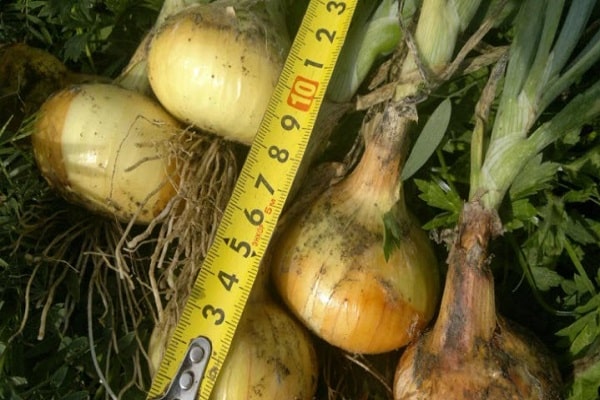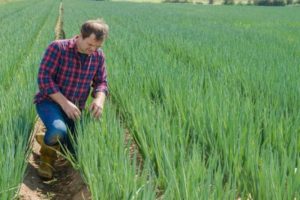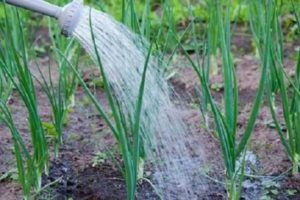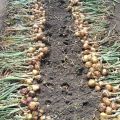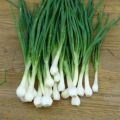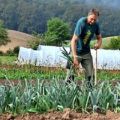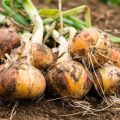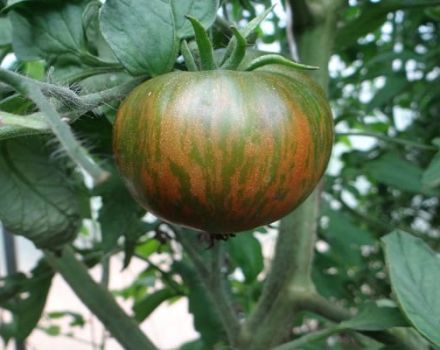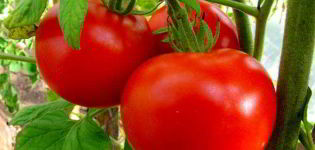Description, cultivation, planting and care of onions Stuttgarter Riesen
Onions Stuttgarter Riesen are very popular in gardeners, as they compare favorably with many other varieties. Positive reviews about it are left not only by summer residents, but also by people who grow this vegetable on an industrial scale. Let's get acquainted with its characteristics and cultivation features.
Plant characteristic
The Stuttgarter Riesen onion was bred by German breeders and has excellent reviews from onion lovers. Description of the variety:
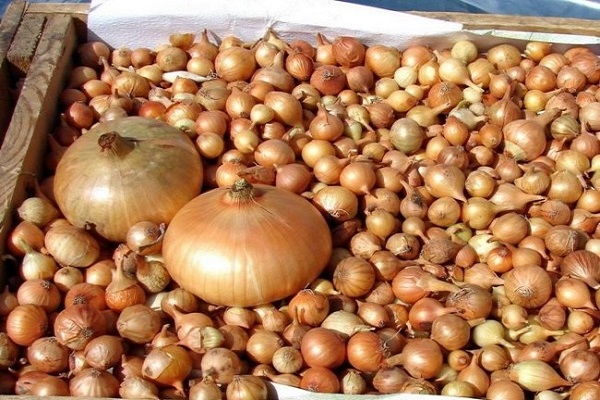
- universal;
- early ripening;
- good taste;
- large bulbs;
- excellent productivity;
- undemandingness;
- cold resistance;
- excellent keeping quality.
A bulb grows up to 150 g, and in nutrient soil - up to 250 g. You can easily get 5-8 kg of bulbs from 1 m2 area. The period from sowing planting to harvesting is 65–70 days, and growing from seeds will take up to 110 days.
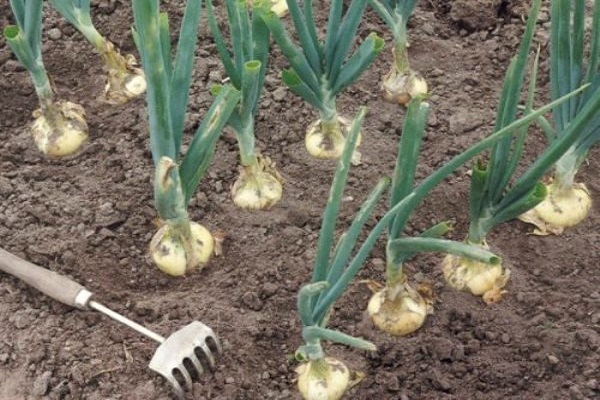
This vegetable has a slightly flattened shape, the shade of its husk ranges from milky to yellow. On the cut, the product is white, with an abundant amount of juice, a characteristic pungent odor, and a pungent taste. Each bulb contains a high amount of vitamin C and dry matter, which allows this vegetable to be frozen and dried. Additional types of processing - conservation, cooking and frying. This variety is delicious fresh in salads.
Agrotechnology of planting onions on a feather
For growing onions on a feather take a turnip onion. The planting material itself may be in an imperfect condition - have some flaws.

Planting is carried out in prepared soil, which must be fertile and have good air permeability. Planting feature in a dense arrangement of bulbs. They are stuck in, and the upper part remains uncovered above the soil. Such a bed is very dependent on watering, therefore, in order to reduce the evaporation of moisture, you need to cover the area with plastic wrap.
It is advisable to feed the plants with nitrogen fertilizer - a solution of ammonia or urea.
After planting the bulbs, adhere to the correct temperature regime. It should be 12-15 ° C at night, and up to 20 ° C during the day. The admissible temperature range is not less than 10, but also not more than 25 ° C.
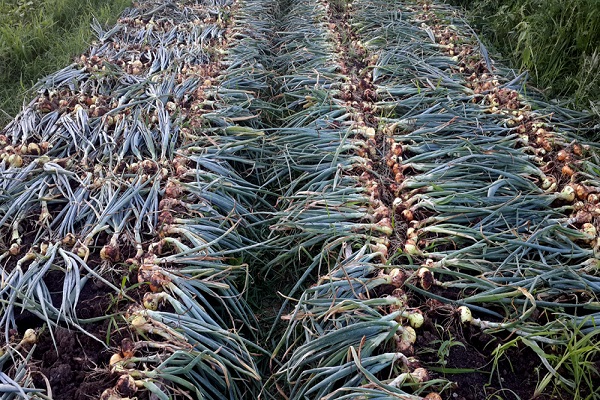
Lighting has a big impact on the bulbs. The duration of light intake should be about 12 hours. If it is not enough, the plants will be thin. Instead of a rich green color, a light green color is formed.
Harvest from seed
Onions are sown in this way in autumn or early spring. For the convenience of sowing, the seed is combined with a small amount of crushed chalk.On previously prepared and watered beds, furrows are formed, the depth of which should be no more than 2 cm, and the gap between the seeds - up to 1.5 cm. The distance between two adjacent rows is 15–20 cm.
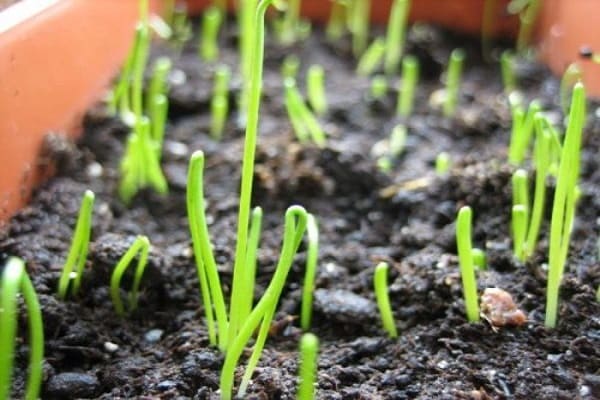
After sowing, the surface of the beds is slightly compacted, but not watered so that a crust does not appear on the soil. When young plants sprout, they are thinned out. Then, caring for the bulbous culture is to remove weeds in time and loosen the soil in the row spacing of the beds.
The advantage of this method is considered to be the cheapness of the seed in comparison with sowing, as well as the absence of pests and diseases on the seeds.

Growing onions using sets
Before planting, the seedlings are sorted out and the bulbs with various defects are discarded. The next stage of preparation will be to warm them up. A suitable temperature for this is 35–40 ° C. Heat the bulbs over an 8 hour period. This agronomic technique reduces the likelihood of forcing arrows in the bow.
After this procedure, the planting material must be disinfected from pathogenic microflora. They do it like this:
- Dilute potassium permanganate in warm water. Take a tenth of a gram of the substance per 1 bucket of liquid (so that there is a light pink solution).
- The bulbs are soaked for 24 hours.
- Take out the planting material and let it drain.

The planting of the seed is carried out in furrows to a depth of 5 cm. The distance between the bulbs should be about 10 cm, and the row spacing from each other - from 20 cm. If the planting material is shallow, then it is not very afraid of the cool weather after planting. It can be done even in the fall.
Autumn planting has the following advantages:
- By spring, the plants already have a developed root system.
- The sprouts begin to grow at a very fast pace.
- Early ripening of the bulbs occurs.

When does the gardener plan plant onions larger - he needs to wait for warming, otherwise the plant will shoot.
Features of onion care
Like all bulb crops, when grown and cared for properly, Stuttgarter Riesen onions will respond with increased yields.
Good predecessors for this plant are cucumbers, peas or beans, tomatoes, and planting after potatoes is undesirable. Prepare the soil in early spring. It should be loose and nutritious.
The acidity of the soil in which the onions should be planted is important. Either warm or moderate temperature conditions are created for the vegetable.
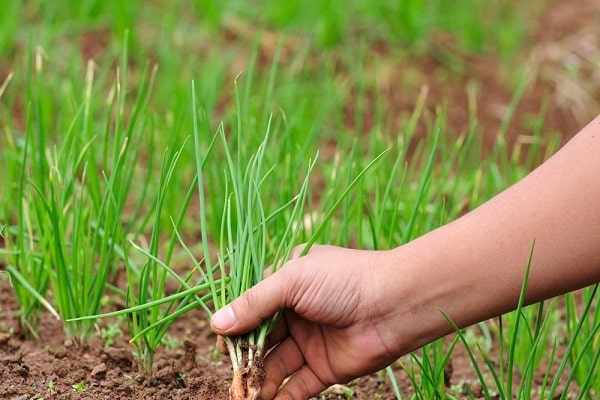
Weeding is a very important step in crop care. It is carried out by loosening the soil around the rows of onions. Weeding allows you to get rid of weeds and breaks the formed crust, and thus enriches the soil with oxygen.
Water the plants when the soil dries up in the garden. After irrigation, it is advisable to loosen the top layer, otherwise a crust will form, water will stagnate, and the onion will not breathe. At the beginning of the growing season, the crop needs frequent watering. However, after increasing the size of the bulbs, irrigate the garden bed carefully so that the rotting process does not begin in the plants. After the upper part of the onion has dried out, watering is finally stopped.
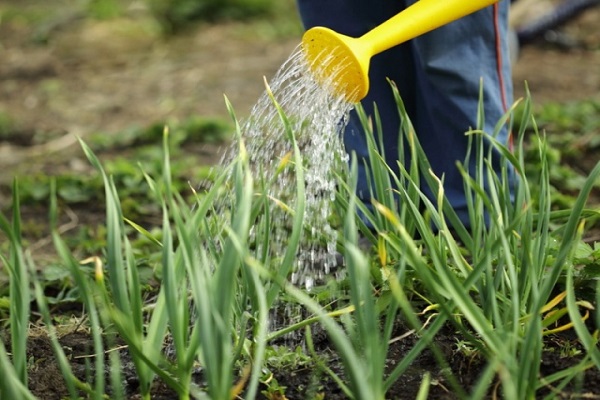
Rarely, when the cultivation of this crop can do without fertilization. At the beginning of the season bulb onions requires nitrogen intake, therefore, the first feeding is made from diluted urea. Nitrogen deficiency can be indicated by the color of its feathers. With a lack of this substance, they will be light green.
The next top dressing should already consist of a solution of urea, potassium salt and superphosphate. Fresh manure cannot be used as fertilizer!
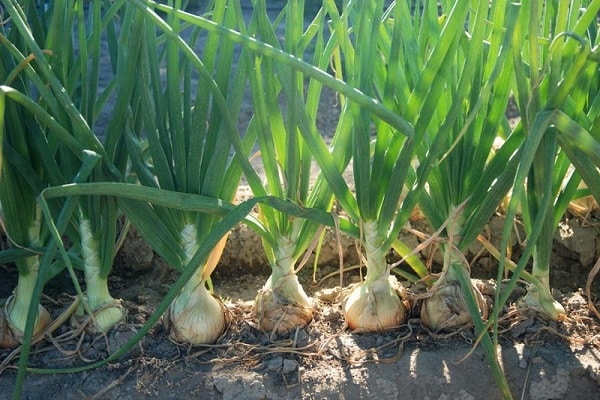
When to harvest, and how to properly store varietal onions
Onions ripen in dry weather. They also choose a vegetable in the absence of high humidity.It is grown and has already ripened when its tops turn yellow and wither. It is necessary to remove the onion crop immediately, because after a while it will begin to grow again.
After digging vegetables out of the soil, you need to additionally sort and dry them. Less ripe bulbs are eaten because they quickly deteriorate. The rest of the fruits are put in boxes with sand. The container with vegetables is stored in the basement. Stuttgarter onions are positively distinguished by a long shelf life.
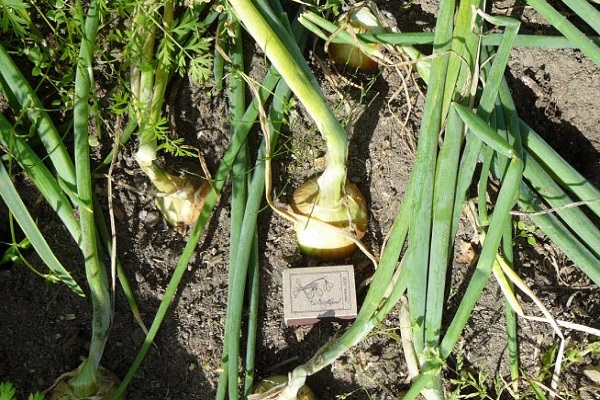
The onion variety has many virtues and deserves to be grown. With adequate care, it will delight you with its harvest and juicy white pulp, which is eaten both in salads and fried, boiled and stewed in various dishes.
